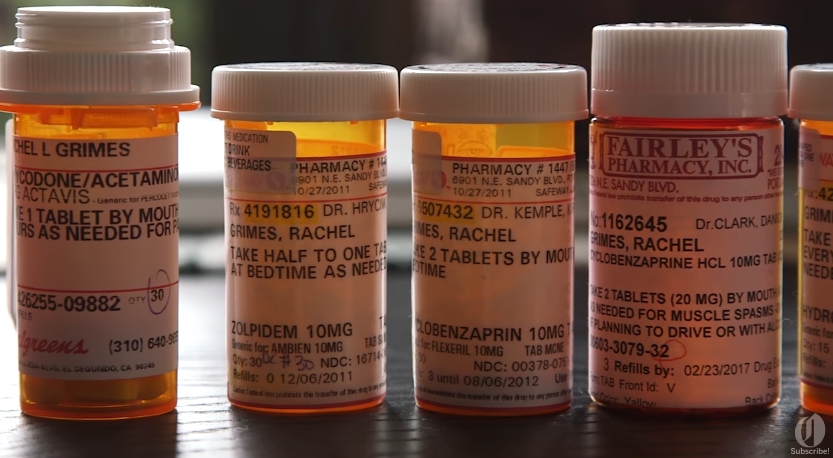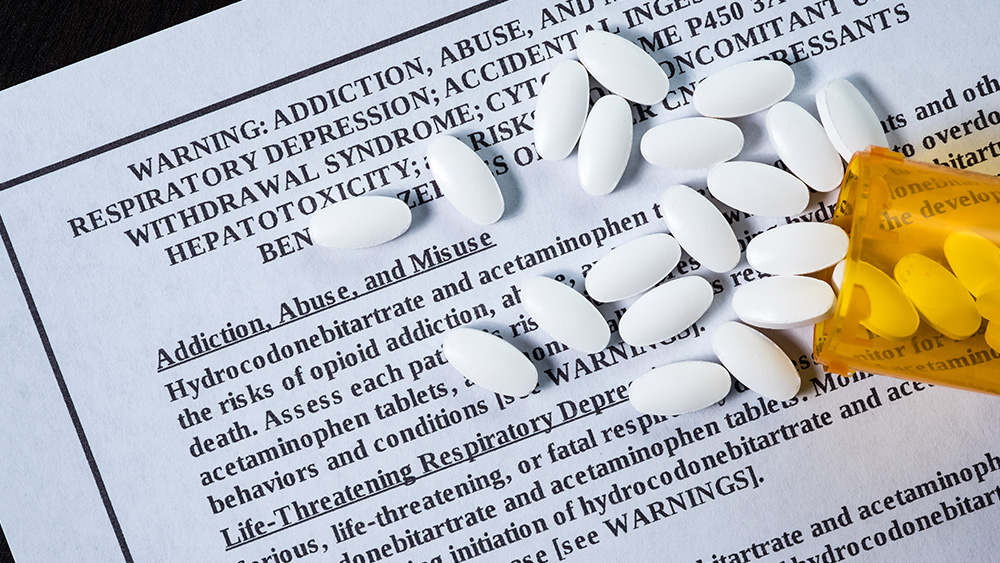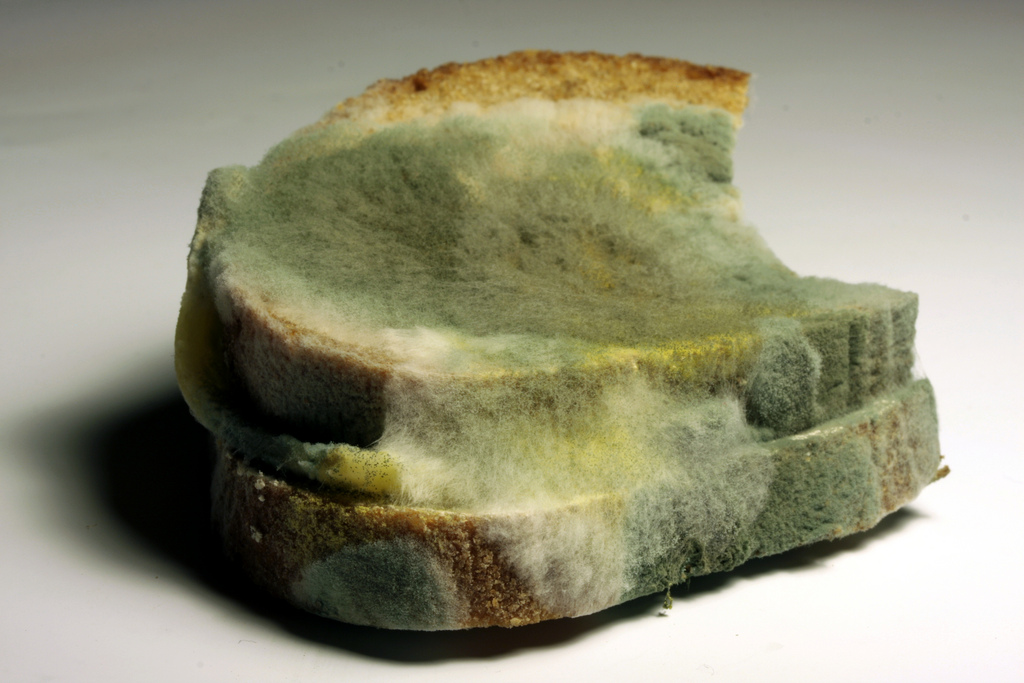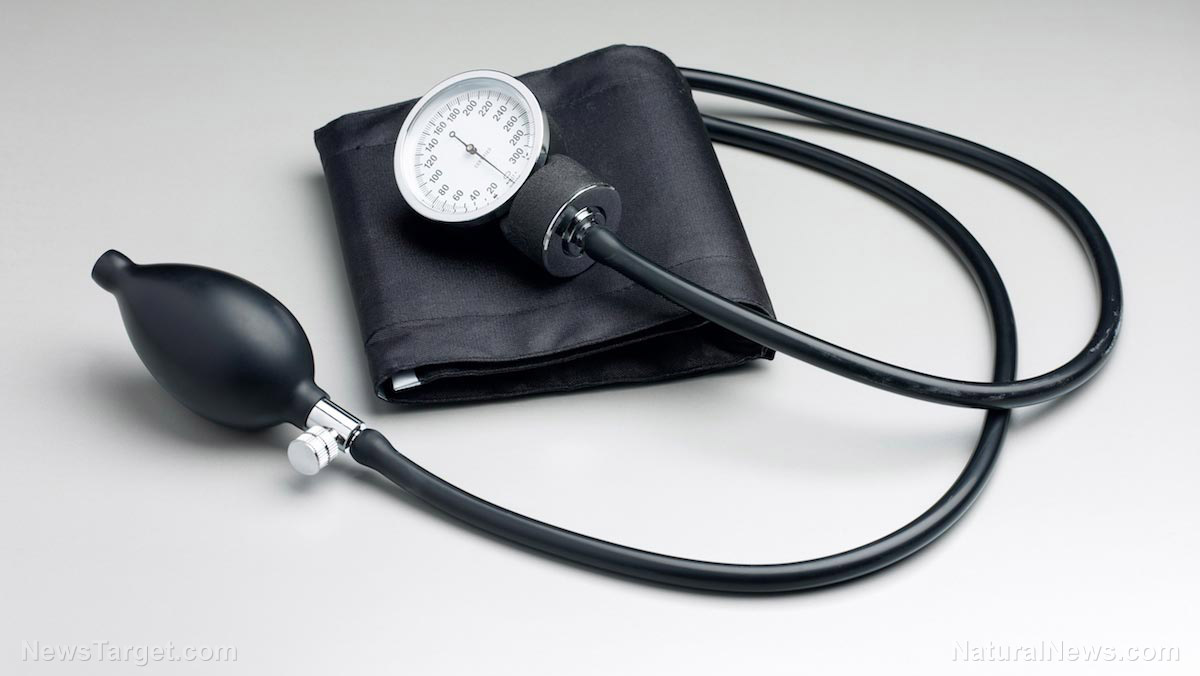Is extra monitoring a solution for opioid abuse? Proposal would send high-dose users to special pain units
09/11/2018 / By Rhonda Johansson

British doctors are calling for stricter rules in the management of painkillers in order to fight the opioid addiction epidemic. These medical professionals are now suggesting that patients who are given highly powerful opioids such as oxycodone and tramadol should be referred to special pain units who would then conduct monthly reviews. The goal is to limit the risk of patients abusing their medications.
Currently, patients are monitored by hospital units rather than specialist clinics. However, this appears to be only effective on paper — hospital wards are often overburdened with patients and general practitioners rarely (if at all) follow up on their patients. Combine this with the fact that patients have come up with creative ways to feed their addiction (often illegal), and it is not really surprising to note that the number of people becoming addicted to painkillers has substantially increased in only a few years.
It is still unclear whether these recommendations will be taken seriously. All the same, it is clear that measures need to be taken to address this growing crisis.
Self-assessment
Though controversial (and sometimes labeled as naive and idealistic), some doctors say that the burden of responsibility lies on the patient. Individuals who have been taking painkillers for an extended time may already be addicted, even if they are not aware of it. It is fairly easily to develop a dependency on this class of drugs.
Patients are highly encouraged to regularly see their doctors to verify that their painkiller prescription is still valid. Even when you take the drug as recommended, you have to avoid developing a psychological or physical addiction to these opioids. With a psychological addiction, you think you need the drug to function properly. A physical addiction, on the other hand, occurs when your body develops a tolerance for the drug and requires more for the opioid to have the same effect.
Here are a few questions that you need to ask yourself:
- Am I experiencing withdrawal symptoms (e.g. chills, shakes, headaches) when I haven’t taken the medication?
- Am I using more of the medication just to feel the same effects?
- Do I really need to take the painkiller because I actually feel pain or because I feel like I might need it?
If you’ve determined that you may have a problem, it is best to speak with an addiction specialist.
Try alternatives
Pain can be debilitating, but so too can be an addiction. There is no need to maintain a stiff upper lip when it comes to pain — but discomfort should not influence you to become a drug addict. There are natural alternatives that you can use for pain relief.
- Ginger — This is one of the most powerful anti-inflammatory foods out there. Studies have concluded that ginger is just as effective as over-the-counter medicines such as Tylenol or Advil in relieving pain.
- Turmeric — The active ingredient in turmeric, curcumin, improves circulation and prevents blood clotting. The curry spice likewise contains many anti-inflammatory properties.
- Capsaicin — The compound that makes chili peppers spicy can be used as a topical remedy for nerve and joint pain.
- White willow bark — This is the original Aspirin. The bark contains salicin which is converted to salicylic acid in the body. This helps relieves pain, inflammation, and fever.
It is obvious that there still is a lot to be done in terms of stemming the opioid crisis. Whether it is by carefully monitoring yourself or opting for natural alternatives, each person is responsible for their own health.
Sources include:
Tagged Under: disease treatments, drug abuse, drug epidemic, healthcare coverage, natural pain killers, Opioid, opioid addiction, oxycondone, oxycontin, painkiller




















